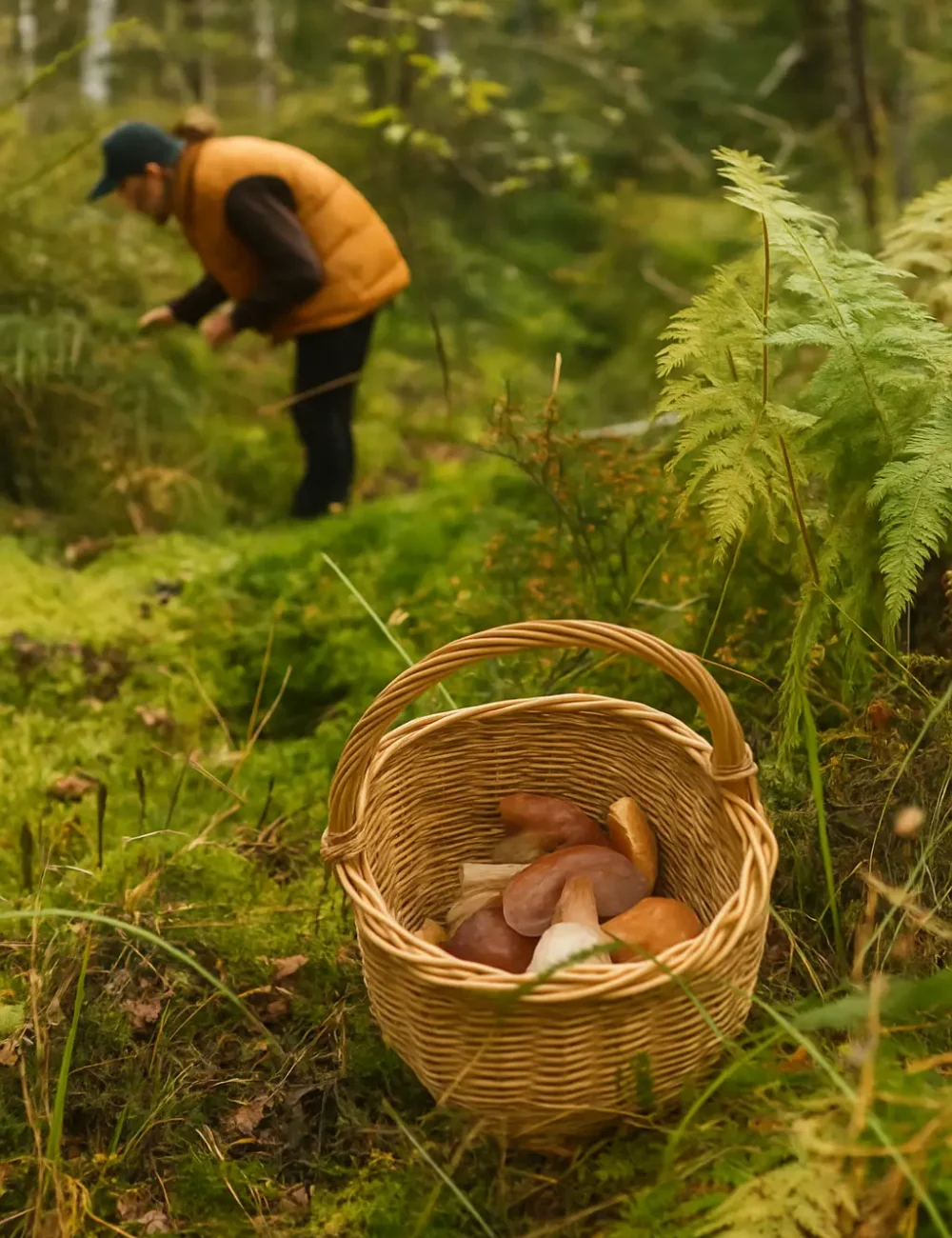
In 2018, the Indigenous Circle of Experts published a landmark report titled “We Rise Together: Achieving pathway to Canada target 1 through the creation of Indigenous protected and conserved areas in the spirit and practice of reconciliation.”
The report and recommendations advise how Canada’s commitment to the Kunming-Montreal Global Biodiversity Framework can be an avenue to repair the relationship between Canadian society, Canadian governments, and Indigenous Peoples.
By supporting IPCAs, Canada can reinvigorate the spirit and intent of the early treaties between the Crown and Indigenous Peoples: peaceful coexistence, mutual respect, and shared responsibility to care for the living world.
IPCAs have many names and forms. What an IPCA is called and how it is expressed will be different, based on each Indigenous Nation’s unique lands and culture.
In the We Rise Together report, the Indigenous Circle of Experts identified three elements that all IPCAs share:
Establishing an IPCA is the decision of an Indigenous government. Indigenous governments hold the inherent right to designate IPCAs within their territories. They have the main role in governing the IPCA and planning for the stewardship of that area into the future. Often, IPCAs are declared following a long community engagement process to ensure that the IPCA reflects the community’s needs and priorities.
Indigenous governments do not need permission or crown government funding to create IPCAs. Non-Indigenous governments and organizations may recognize, support, and even co-manage an IPCA if invited by a Nation.
Indigenous Peoples govern IPCAs based on their long-standing ancestral relationships with the lands and waters and on their long-reaching responsibilities to future generations.
IPCAs intervene on the conservation model that has dominated in recent history: preserving ecosystems in some places and destroying them for financial gain in others.
They are rooted in Indigenous worldviews that emphasize the interconnections between social and ecological living systems, the economy, and the built environment.
IPCAs can be declared anywhere within the traditional territories of Indigenous communities, Nations, and governments. They support Indigenous Peoples to uphold their ways of life by exercising their rights, title, and responsibilities on the land, water, and ice. IPCAs create spaces to promote and revitalize the practice of Indigenous languages, cultures, and knowledge systems – which hold the keys to taking care of the land.
To learn more about IPCAs, visit the Frequently Asked Questions on IPCAs on the IPCA Knowledge Basket.
How is First 30×30 using Nature Based Solutions to the IPCA movement? Click below to find out.